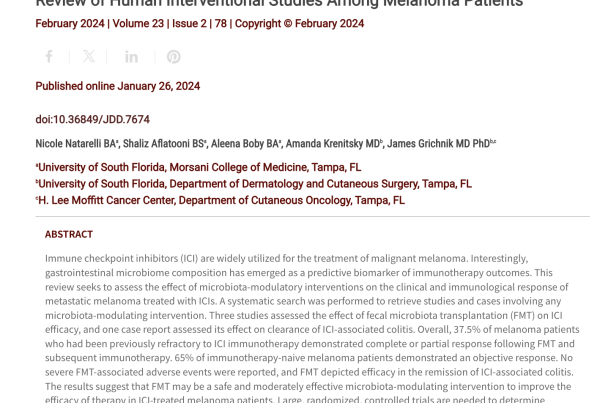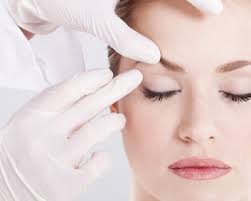Featured Article
Used alone, absorbable suspension sutures offer a dual mechanism of action
As the use of absorbable suspension sutures continues to grow, it’s important for physicians to understand the technique and mechanism of action to optimize their use alone and in combination with other facial aesthetic tools, according to a recent paper published in the Journal of Drugs in Dermatology.
First, patient selection is central to obtaining optimal results, write authors Sabrina Fabi, M.D., Robert Weiss, M.D., and Susan Weinkle, M.D., in “Absorbable Suspension Sutures: Recommendations for Use in a Multimodal Nonsurgical Approach to Facial Rejuvenation.”
Setting appropriate expectations is also important to an ideal outcome. Patients need to understand that nonsurgical positioning cannot produce the same results as surgery, the authors write, noting a study that demonstrated older patients (those ≤60), were less likely to view absorbable sutures as an effective treatment at 24 months compared with younger patients (those ≤50). Similarly, patients who had received prior surgical treatments were less likely to view absorbable suspension sutures as effective compared with patients who had no experience with surgical treatment.
In their paper, Drs. Fabi, Weiss and Weinkle discuss the mechanism of action for absorbable suspension sutures as well as provide guidance based on their extensive experience for combining absorbable suspension sutures with other nonsurgical modalities, including sequencing and timing.
Used alone, absorbable suspension sutures offer a dual mechanism of action, they write. They lift and stimulate collagen. Based on previous studies of duration, the authors suggest that with optimal technique, most patients should experience a duration of effect up to 24 months.
Through several case studies, the authors illustrate the utility of combining additional therapies, such as filers, toxins and energy-based devices.
When selecting an optimal combination of both sutures and filler, the authors note that it is important to determine whether the patient is in need of volume or tissue repositioning. If a patient has already received filler, absorbable sutures should be used six to 12 weeks later. If treating for residual ptosis, fillers should be placed after the sutures and in a separate anatomical plane or area. For patients naïve to fillers, sutures should be placed six to 12 weeks after filler.
The authors recommend administering toxin two weeks prior to suture placement, because the toxin effect can reduce the mechanical load on the suture and prevent the disengagement of the cones which may improve the lifting effect and duration, they write.
Ideally, treatment with ablative lasers should be performed six weeks prior to suture placement but no less than two weeks prior to allow for resolution of any swelling and inflammation that might interfere with placement. However, treatment with non-ablative lasers and IPL can generally be performed in the same day as suture placement, the authors note. Radiofrequency treatments should be performed four weeks before or after suture placement, they suggest. And, they add, microneedling should be performed at least two weeks before or five to eight weeks after suture placement.
“As the use of absorbable suspension sutures continues to increase, it is important that physicians are aware of how modalities can be safely layered and combined to produce an optimal aesthetic effect.”
Heather Onorati is an experienced medical writer and editor with more than 20 years covering the dermatology industry
Get More from the JDD
Get the latest aesthetics news delivered straight to your Inbox – sign up for the JDD Newsletter.
Discover the latest research, exclusive articles from leading dermatology experts, popular Podcast episodes, free CME activities, and more!
You May Also Like












